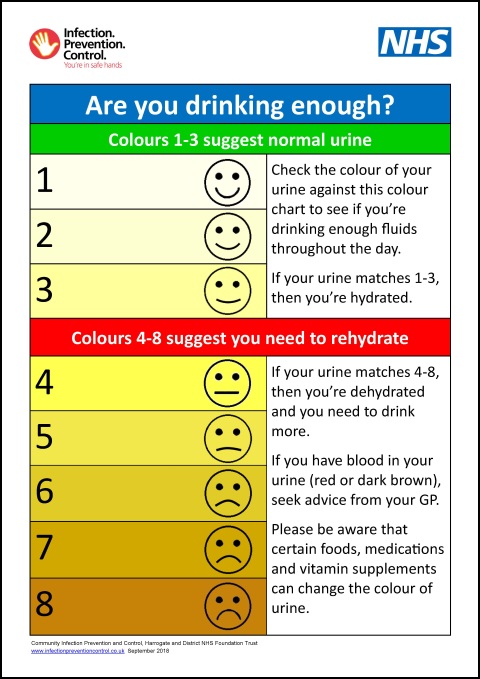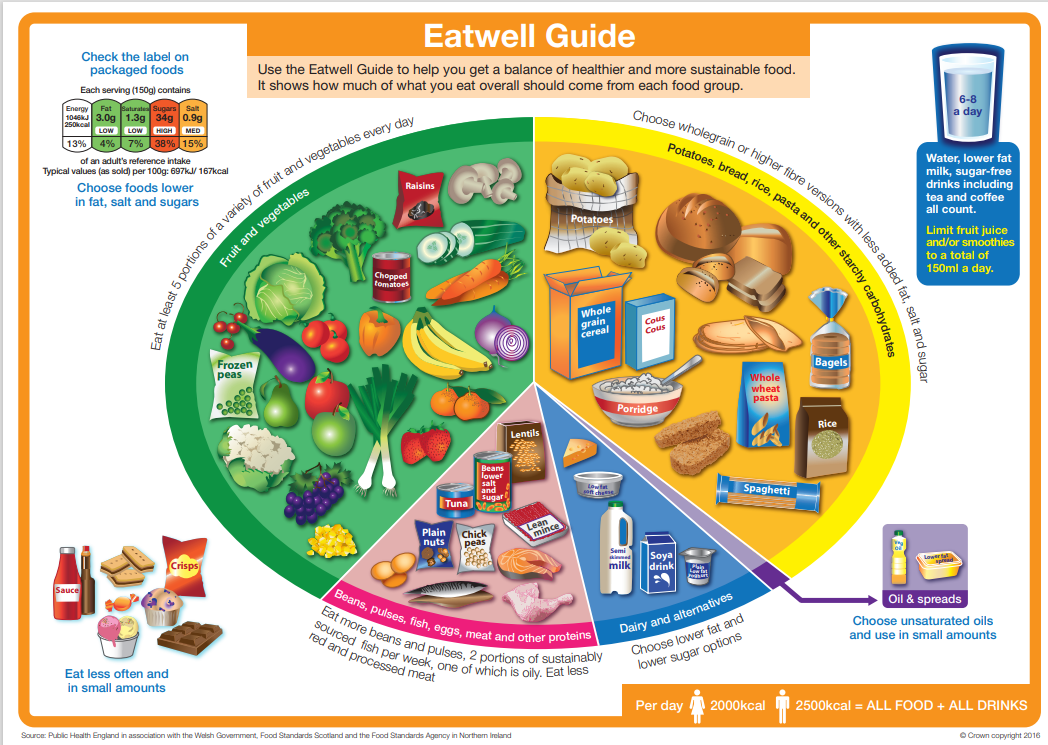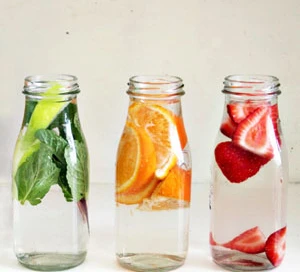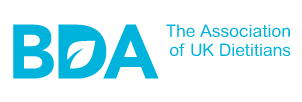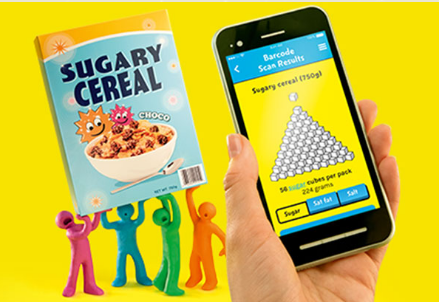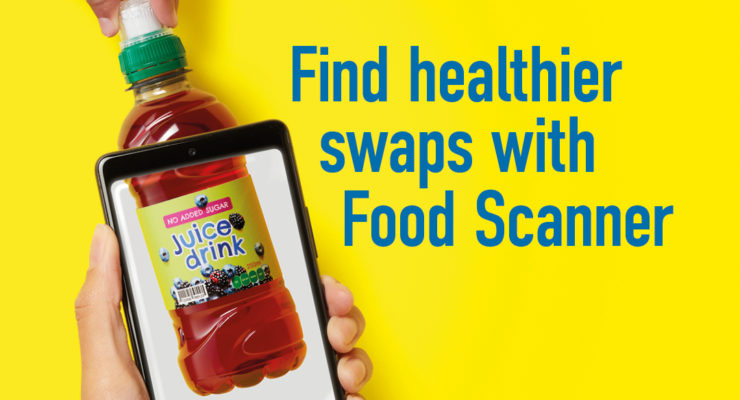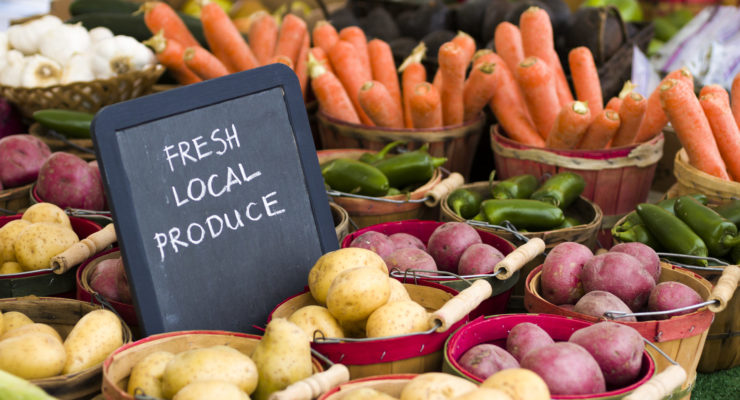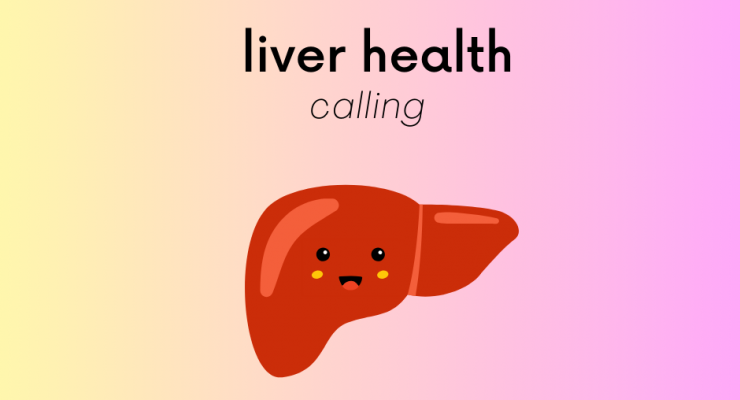Tips to eat and drink well at work
Eating healthy meals and staying hydrated can help keep your concentration and energy levels steady throughout your workday. Planning ahead can prevent grabbing rushed, unhealthy meals from the vending machine or from the corner shop.
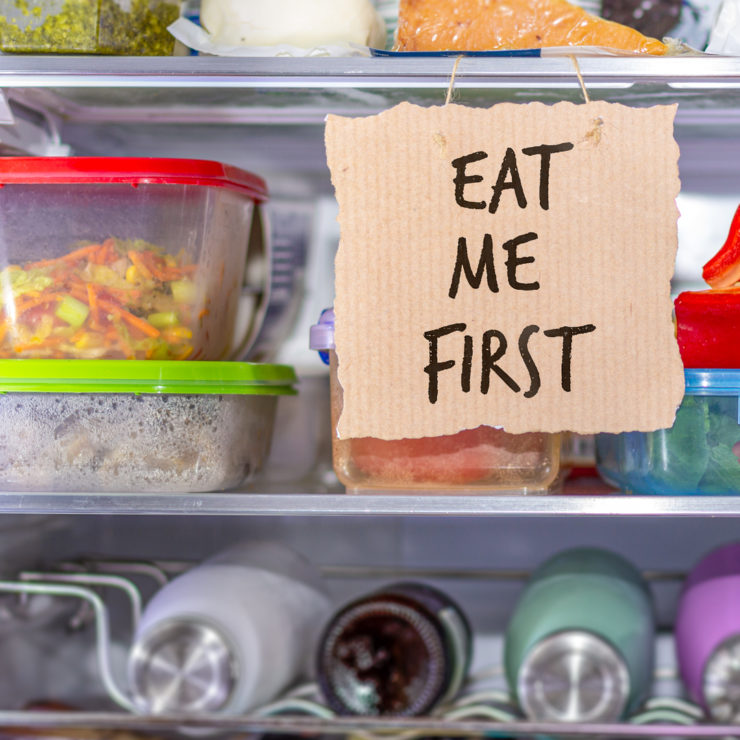
Plan your lunches in advance
Planning your lunches in advance can help you to keep a balanced diet, and save money and time throughout the week. Taking a packed lunch can prevent you taking the fast food option, grabbing meal deals, or being tempted by the quick sugar hits from the vending machines.
- Start by finding a good storage container. Consider what you will be using this for. If you will be microwaving, freezing, or putting it in the dishwasher, make sure it can withstand this. Glass containers can be a good option for this or durable plastic. If you commonly misplace the lids or worry about spills, find one with a lid that stays attached or that has a good seal.
- At the start of your work week, fill your fridge with ready-to-eat foods that combine easily to make healthy lunches.
- Use leftovers by making double the night before and setting yourself up with a well prepared lunch the next day.
- Batch cook a dish that you enjoy at the beginning of the week. If you do not want to keep eating this throughout the week, you can put the rest in the freezer. Lasagnes, curries, grain or bean salads, soups, or prepare a sandwich filler to easily add to your sandwiches each day. Find ideas in the links below.
- Do what works for you. Everyone’s meal planning process will be different. Some may not have the time, space, or access to batch cooking or preparing meals. Pre-chopped vegetables can be a handy and healthy option, as well as tins of chickpeas, beans, lentils, and spreads that are low in sugar and saturated fats. Sometimes it can be tricky to know which processed foods are healthier than others. Find a link on ‘how to read labels’ at the bottom of this page.
- Find a place to save lunch ideas and recipes, such as notes in your phone, in a notebook, or a page on the fridge. If you are in a rush at the beginning of the week, it can be a good way to remind you of some simple lunches for the next day.

Stay hydrated
Staying hydrated is a key part of getting a balanced diet and keeping well. The Eatwell guide advises 6-8 cups or glasses of fluid a day. Water, lower-fat milk and sugar-free drinks, including tea and coffee, all count.
If you do not drink enough you may feel fatigued, have difficulty paying attention, develop a headache, lose concentration, and have a less-productive day at work. By making hydration a priority at work, it can help you to stay focused and support you with the physical and mental energy that you need for your day.
Here are some tips to stay hydrated at work:
- Carry a water bottle with you and make it a habit. Leaving the house? Check that you have your keys, wallet, phone… water bottle! Working from home? Only open the laptop once you have a filled glass of water and keep topping it up each time you take a break from the desk.
- Plan with your colleagues to make water easily accessible. Is there access to a water fountain or sink at your workplace? If you forget your water bottle, are there cups available to grab a drink? If not, speak with your colleagues about making this possible.
- Use reminders that encourage you to drink more, such as sticky notes on your desk, reminders on your phone, or every time you see someone else drinking that you use this as a reminder to drink.
- Make challenges with your colleagues to drink more water.
- If you are not enthusiastic about the flavour of water, use natural fruit or herbs to flavour your water, such as cucumber and mint, or ginger and lime. Combination ideas and recipes can be found in the link below.
- Snack on hydrating foods, such as melon, apples, berries, celery or cucumber. Choose soups, stews, or salads at lunch.
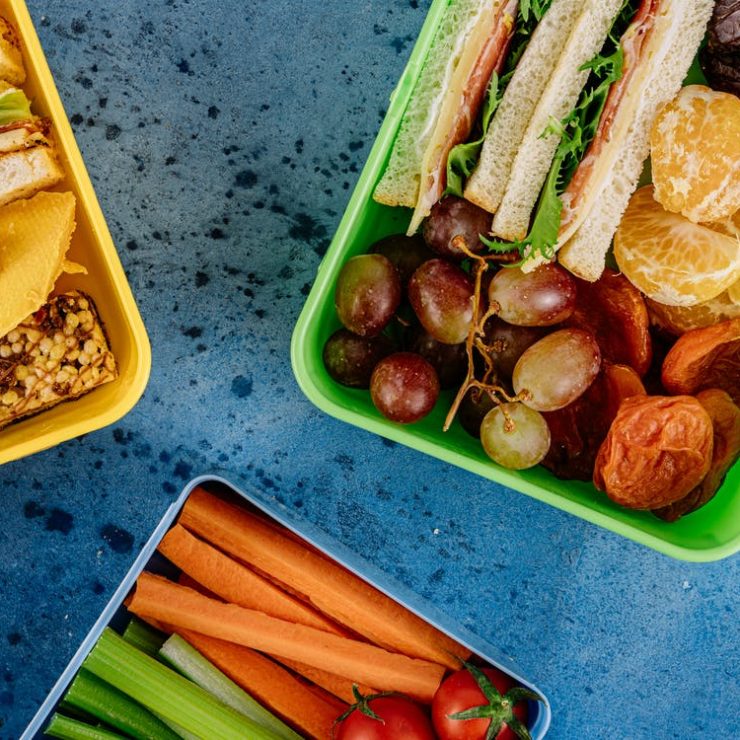
Make a healthy snack kit
Nut butter, rice cakes, unsalted nuts, trail mix, fresh fruit, and healthy popcorn are examples of simple snacks that you can add to your kit. If you’re able to store your snacks in a fridge, opt for fresh fruit with yoghurt, carrot sticks and hummus, or slices of apple to dip into your nut butters.

Find ways to celebrate without sugar
Say ‘no thank you’ to office cakes, takeaways for lunch, doughnuts at meetings. Find other ways to celebrate occasions without sugar.
Other examples could be:
- decorate workspaces
- eat lunch as a team
- organise a birthday card or small token
- develop a reward system for birthdays
- celebrate outside, bring teas, coffee and healthy snacks
- get everyone up for a game (this link offers a list of ideas of games for employees)

Eat mindfully
Eating mindfully allows you to become more aware of your thoughts, feelings, and senses while you eat. It can help you regulate your appetite during the work day and stop you getting distracted by hunger. It can also remind you to enjoy your food more
- Move away from your workspace: find a lunch buddy to encourage you to move away from the task you are doing and take a break.
- Minimise distractions: put your phone and laptop away while you eat. It can be easy to over eat if you are distracted.
- Eat slowly: chew your food and take pauses throughout your meal. It can take around 20 minutes for your brain to the get the signals of fullness after you begin eating. Slowing down can help you to recognise before you become too full or understand whether you need more food.
- Plan you meal times: you can help regulate your appetite, by sticking to a routine of meals throughout the day. Just make sure you are eating enough at these meal times and foods that release energy slowly and consistently throughout the day. This can stop you from getting too hungry at different time points and reaching for quick snack options, which may lead to you not feeling hungry for your next meal. Examples of slow release energy foods are wholegrain foods, such as porridge oats, pulses, some fruit and vegetables.
- Enjoy every bite: recognise the different tastes, textures, and flavours of your food. This can help you to slow down and enjoy your meals a little more.

